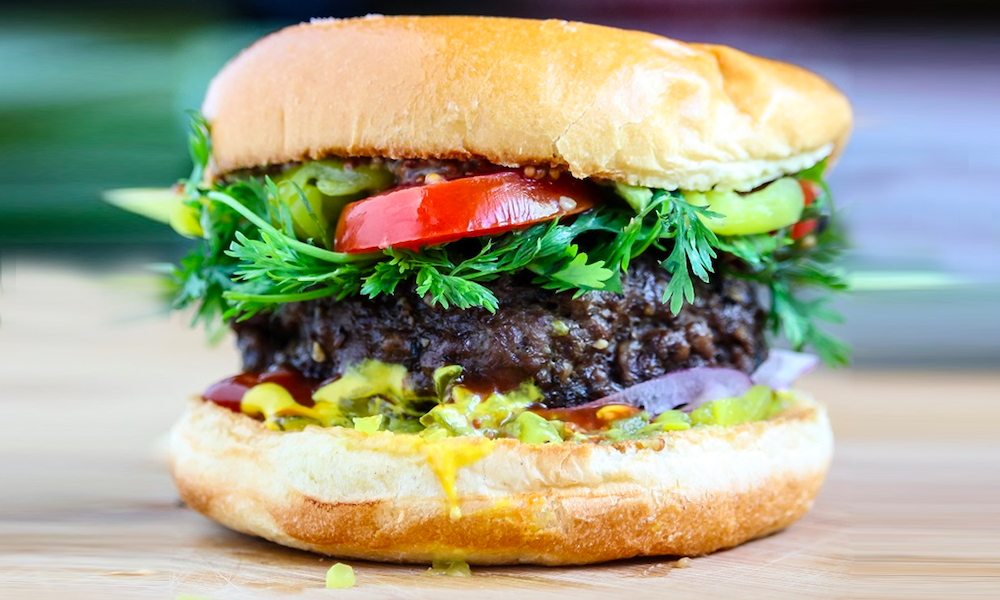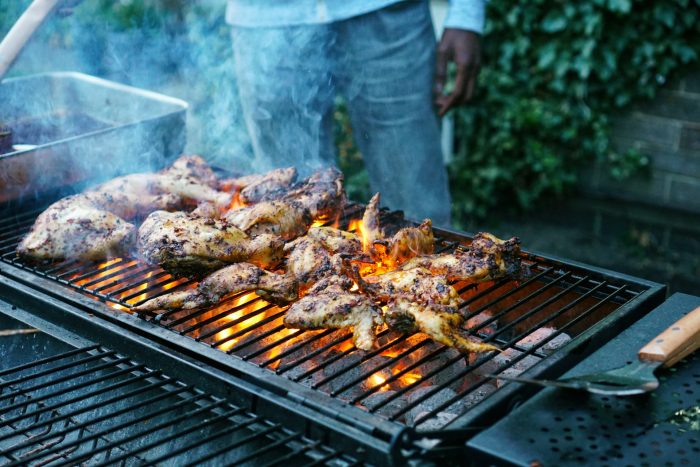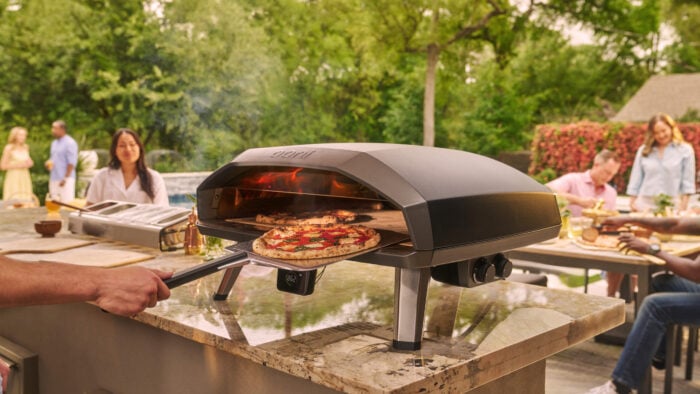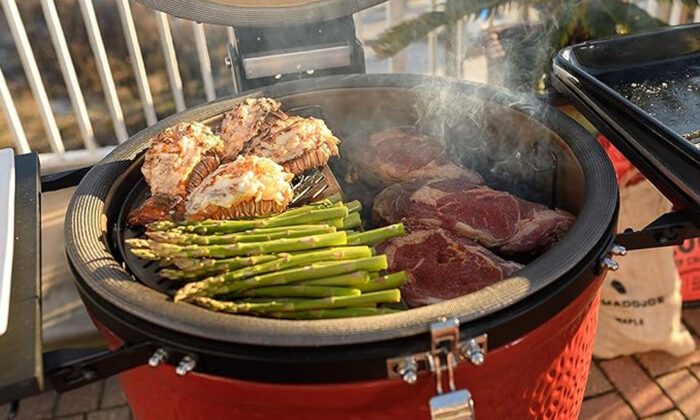A skillet may be necessary for a smash burger or getting anything like that glorious burger at the end of The Menu, but summer calls for burgers on the grill.
When it comes to backyard burger cookouts, being behind the grill is a sacred spot. Sure, burgers might not be the most complicated thing in the world to make. But while it’s easy to make a passable burger that people will eat, it’s a lot harder to make a great burger. And if you’re the one behind the grill aiming for perfection, you don’t want the chance of anyone coming in and doing something like an extra flip that ruins the whole process.
There are some things that everyone knows when it comes to burger grilling: clean grate, high heat, no pressing with the spatula to let the juice pour out onto the coals — you know the drill. Then there are the small adjustments, like adding an egg as a binder or salting once just before cooking. But for tips that everyone can take to heart for a great burger, it’s best to turn to the experts.
Cool Material caught up with chef Roy Villacrusis of Asiatic Culinary Services in Las Vegas and an ambassador for Meat & Livestock Australia to learn a few tips on grilling the perfect burger. If you just want to know one thing that will immediately improve your grilling, start with the simplest of Villacrusis’s advice: “The beef is the burger.” In other words, start with high quality beef and let good beef speak for itself before emptying your spice rack into the meat.
With that settled up front, these are the chef-approved ways to make a better burger.
This interview has been edited for length and clarity.
Cool Material: What are the main differences people should know between burgers on the grill and burgers on the skillet?
Roy Villacrusis: For me, the main difference is juiciness and smokiness. Cooking patties on the grill will definitely give you that outdoorsy smokiness on the finished burger. Cooking your patties on a skillet (preferably cast iron) lets the patties baste in their own fat and liquids, keeping them juicier.
How much should people mix spices into their ground beef before shaping the patties?
I like to keep the seasoning on my patties simple and let the meatiness shine! Salt and pepper, maybe some garlic. Remember to do a final seasoning when you take them off the grill or skillet. Just add the finishing, complementary flavors through the condiments and sauces.
Nothing is better for forming your patties than your very own clean hands. You can also use ring molds to help achieve a more consistent shape, along with weighing each portion. One thing is really important: do not overwork the protein.
What are your thoughts about eggs and other binders in the meat?
If you are starting with good quality meat, binders will not be necessary. Australian grass fed beef is my go-to. For one, it is inherently wet aged, giving the advantage of fuller flavor and greater moisture for a juicier patty. An added bonus is that Australian grass fed beef is raised under strict sustainable production measures.
What fat content consistently makes the best grilled burger and why?
I personally love a good amount of fat in my burger, as it is an indulgence for me. 80/20 is my go-to mix, but at least 85/15 is a good ratio to give the burger a good mouth feel and keep it from drying out.
What is the core minimum set of seasonings that won’t overpower but will add to the final burger?
Keeping the seasoning to a minimum really highlights the beef flavor. Staying with basic salt and pepper is really the way to go. Adding garlic powder is as far as I would go for a basic delicious burger patty. Again, with good quality meat, this should be all that it’ll need for great flavor.
What’s the best way to shape a patty and how large should they be?
Around six to eight ounces is the perfect size for a burger patty. Make sure it’s a little bit wider than your bun in diameter, and it should be about three-quarters of an inch to an inch thick. For me, a good burger is more about the width than the height — more seared surface, more yumminess. The thicker the patty, though, the more necessary it is for dimpling; it will help keep the patty flat and ready for stacking.
How many times should one flip a burger on the grill?
Don’t mess with it. That’s the most important thing to remember when trying to make an amazing burger. Give it ample time to create a crust and seal in the juiciness. Cook the first side a tad longer than the second side. This will give it enough carryover heat to just get the job done.




